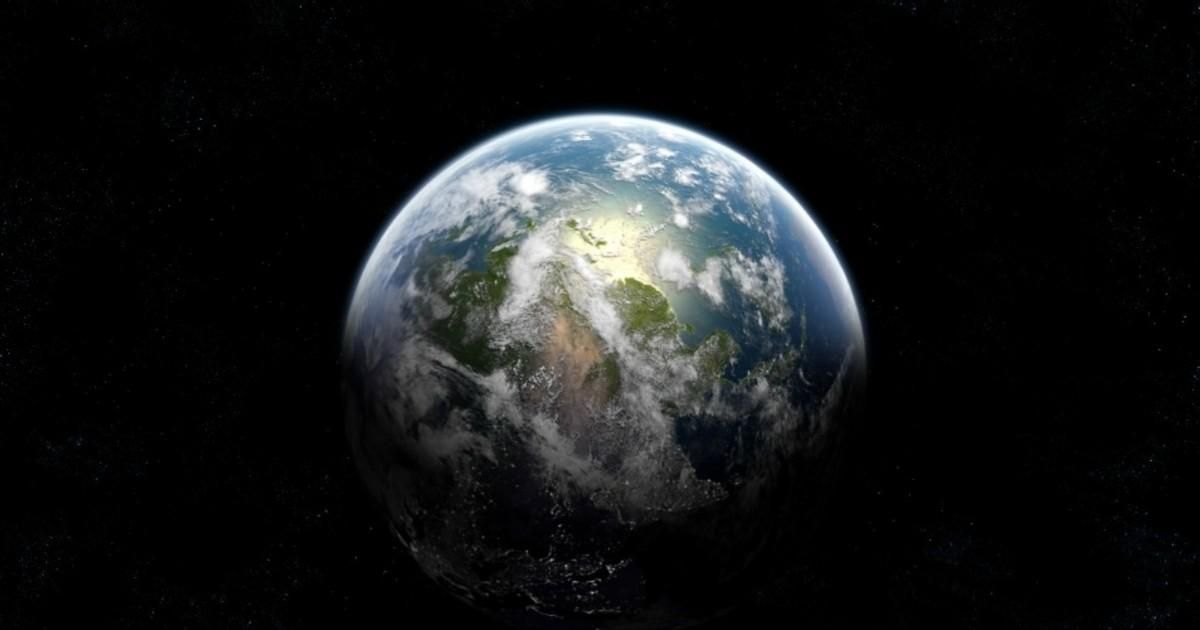
Twelve years ago, during the International Year of Astronomy that marked the 400th anniversary of Galileo’s first use of a telescope, I wrote “The Value of a Pale Blue Dot“—a reflection on how astronomy has revealed a vast universe filled with an unimaginable number of stars, thus shrinking the significance of our sun and our planet. The “pale blue dot” refers to how the Earth appears in a 1990 photograph taken by the Voyager spacecraft as it reached the outer limits of our solar system. The essay suggests that the knowledge gained from astronomy “forces us to acknowledge that our place in the universe is not particularly significant.”
When taking steps to reduce the risk that we will become extinct, we should focus on means that also further the interests of present and near-future people.
A recent blog post by Holden Karnofsky has led me to reconsider that thought. Karnofsky is co-CEO of Open Philanthropy, a foundation that researches the best opportunities for philanthropic grant-making, and publishes the reasons for its decisions. Thinking about the long-term significance of today’s philanthropic decisions is therefore part of Karnofsky’s role. He is thinking very long term indeed.
Karnofsky points out that we could be living “at the very beginning of the tiny sliver of time during which the galaxy goes from nearly lifeless to largely populated.” That “tiny sliver of time” began, we might say, with the first use of tools by our ancestors, around three million years ago. It will end when our descendants—who might be digital minds, rather than biological organisms—inhabit the entire galaxy, perhaps ushering in a civilization consisting of an enormous number of conscious beings that would last for tens of billions of years. There is a good chance, Karnofsky argues, that this process of populating the galaxy will begin during this century. By 2100, we could develop the technology to construct self-sufficient settlements on other planets.
This thought echoes one expressed in 2011 by the late philosopher Derek Parfit, who wrote, near the end of the second volume of On What Matters: “We live during the hinge of history.” Like Karnofsky, Parfit was thinking of the arrival of technologies that, if used wisely, would enable our species to survive “its most dangerous and decisive period,” and our descendants to spread through our galaxy. Parfit refers to “the next few centuries,” rather than just this one, as the time it may take before humans can live independently on other planets, but even that will be only be a sliver of time compared to what is to come. Our most significant contribution to this development would be to ensure the survival of intelligent life on our planet.
Perhaps, though, the idea that we are essential to this process is merely the latest version of the self-important delusion that humans are the center of existence. Surely, in this vast universe, there must be other forms of intelligent life, and if we don’t populate the Milky Way galaxy, someone else will.
Yet, as the physicist Enrico Fermi once asked fellow scientists over lunch at Los Alamos National Laboratory, “Where is everybody?” He wasn’t commenting on empty tables in the lab’s dining room, but on the absence of any evidence of the existence of extraterrestrials. The thought behind that question is now known as the Fermi Paradox: if the universe is so stupendous, and has existed for 13.7 billion years, why haven’t other intelligent forms of life made contact?
Karnofsky draws on a 2018 paper by researchers at the University of Oxford’s Future of Humanity Institute to suggest that the most likely answer is that intelligent life is extremely rare. It is so rare that that we may be the only intelligent beings in our galaxy, and perhaps in the much larger Virgo supercluster to which our galaxy belongs.
This is what Karnofsky means when he says that the future of humanity is “wild.” The idea that we, the inhabitants of this pale blue dot at this particular moment, are making choices that will determine whether billions of stars are populated, for billions of years, does seem wild. But it could be true. Granting that, however, what should we do about it?
Karnofsky does not draw any ethical conclusions from his speculations, other than advocating “seriousness about the enormous potential stakes.” But, as Phil Torres has pointed out, viewing current problems—other than our species’ extinction – through the lens of “longtermism” and “existential risk” can shrink those problems to almost nothing, while providing a rationale for doing almost anything to increase our odds of surviving long enough to spread beyond Earth. Marx’s vision of communism as the goal of all human history provided Lenin and Stalin with a justification for their crimes, and the goal of a “Thousand-Year Reich” was, in the eyes of the Nazis, sufficient reason for exterminating or enslaving those deemed racially inferior.
I am not suggesting that any present exponents of the hinge of history idea would countenance atrocities. But then, Marx, too, never contemplated that a regime governing in his name would terrorize its people. When taking steps to reduce the risk that we will become extinct, we should focus on means that also further the interests of present and near-future people. If we are at the hinge of history, enabling people to escape poverty and get an education is as likely to move things in the right direction as almost anything else we might do; and if we are not at that critical point, it will have been a good thing to do anyway.
The Hinge of History: A View on Our Future Extinction
Source: Articles Viral Post
0 Comments